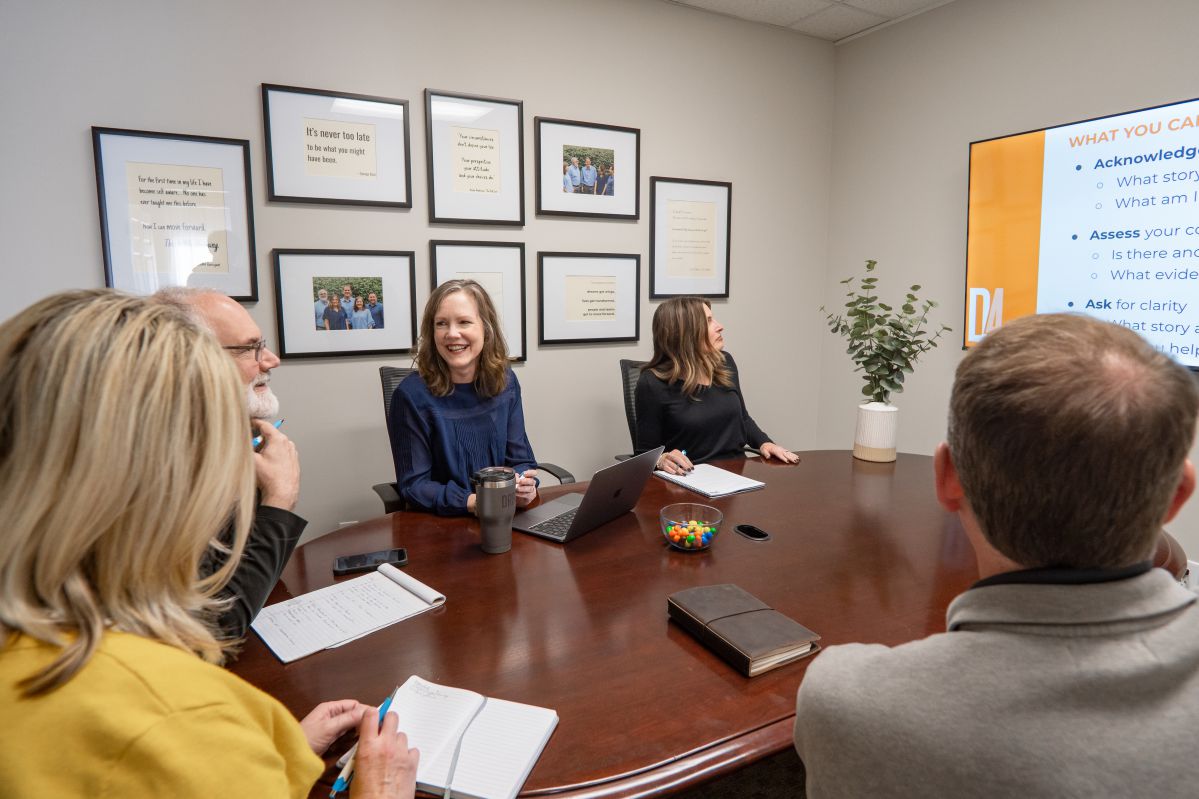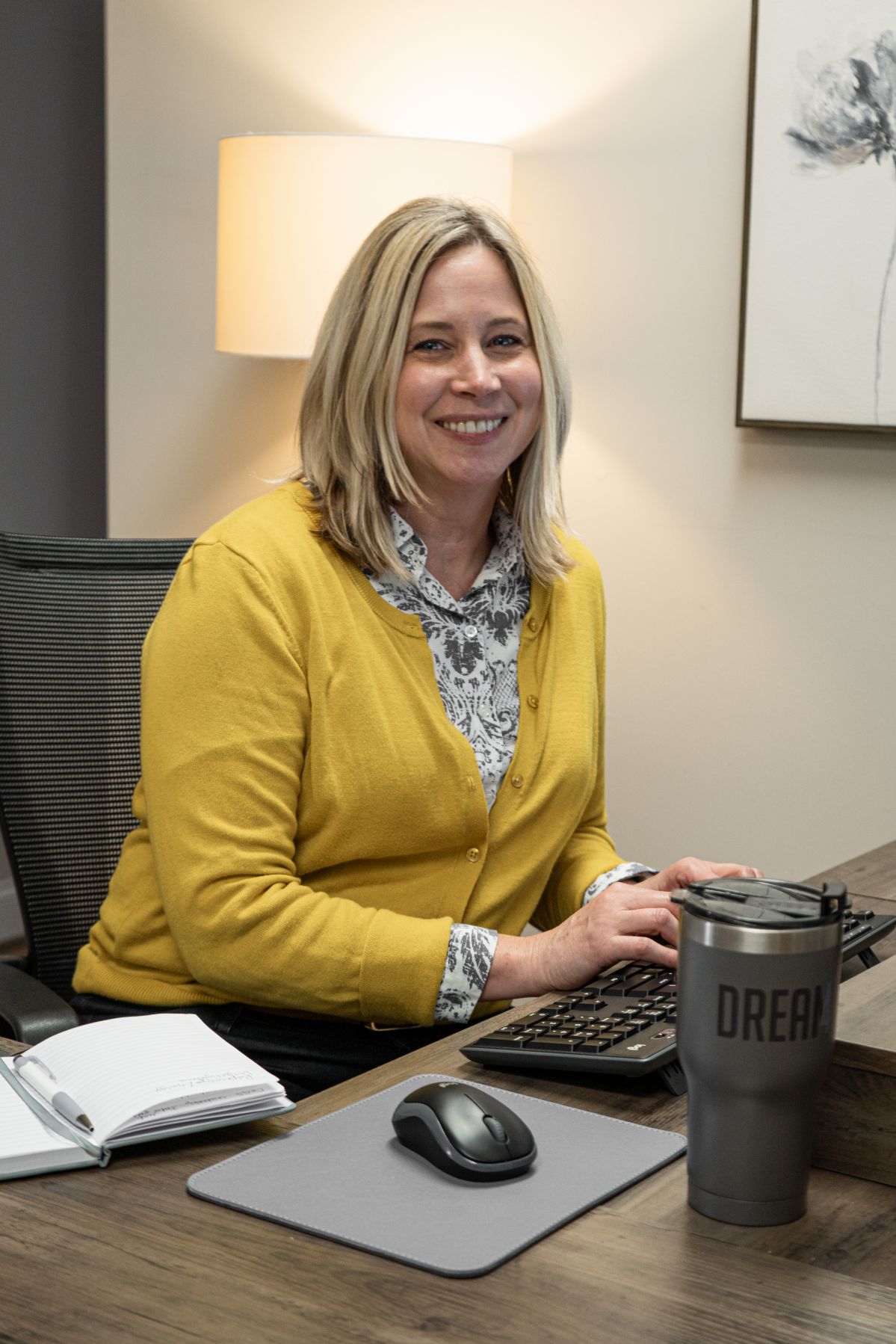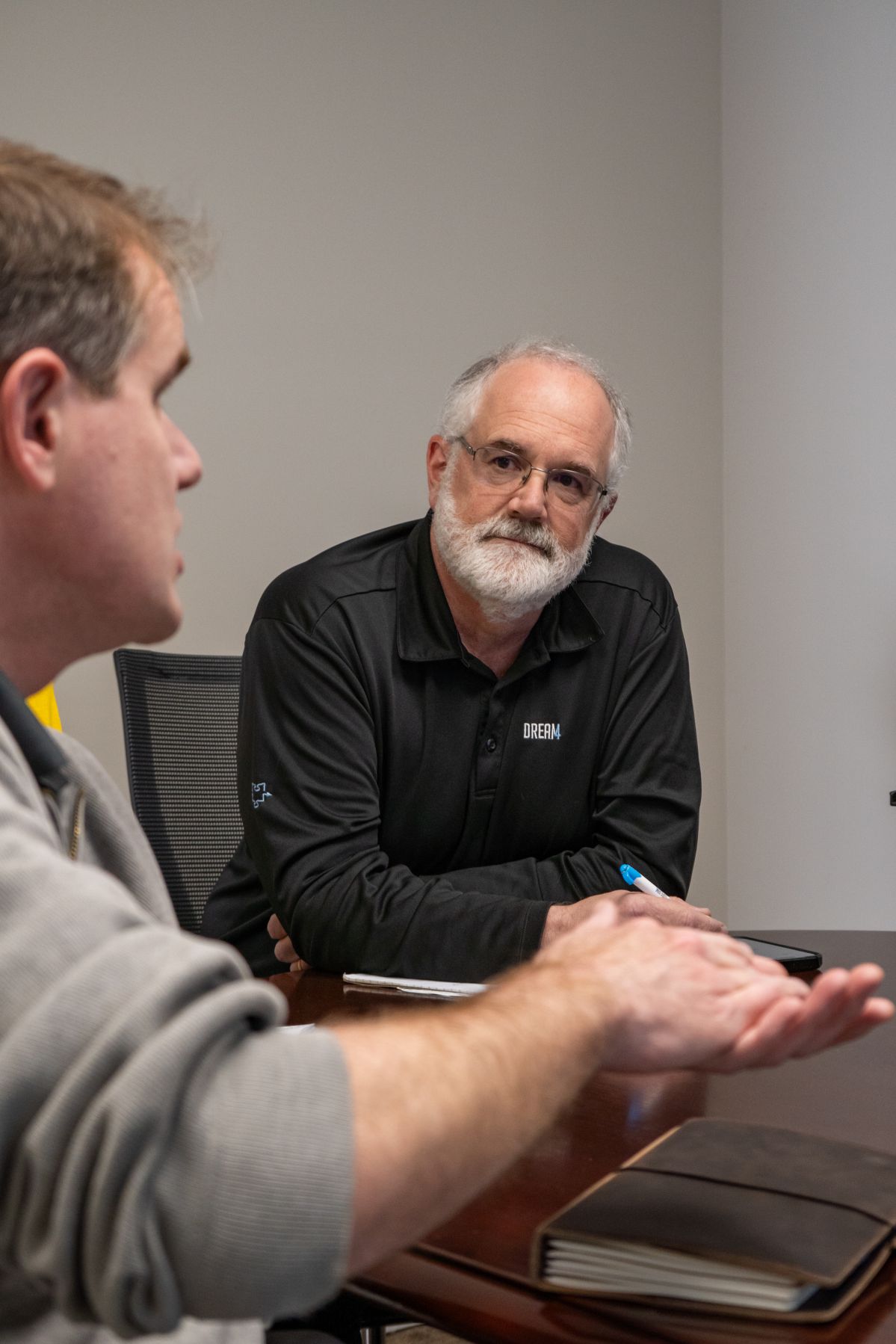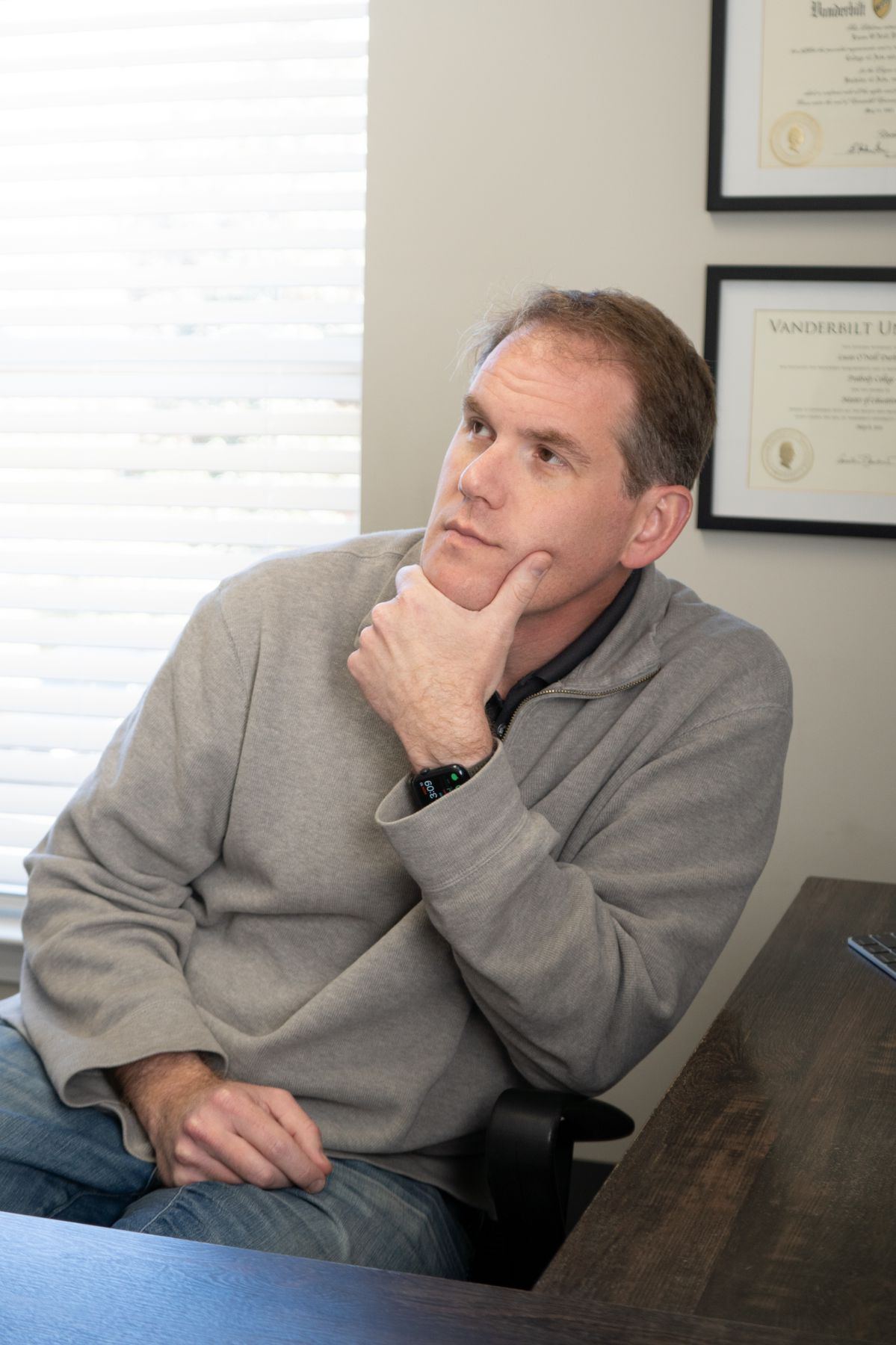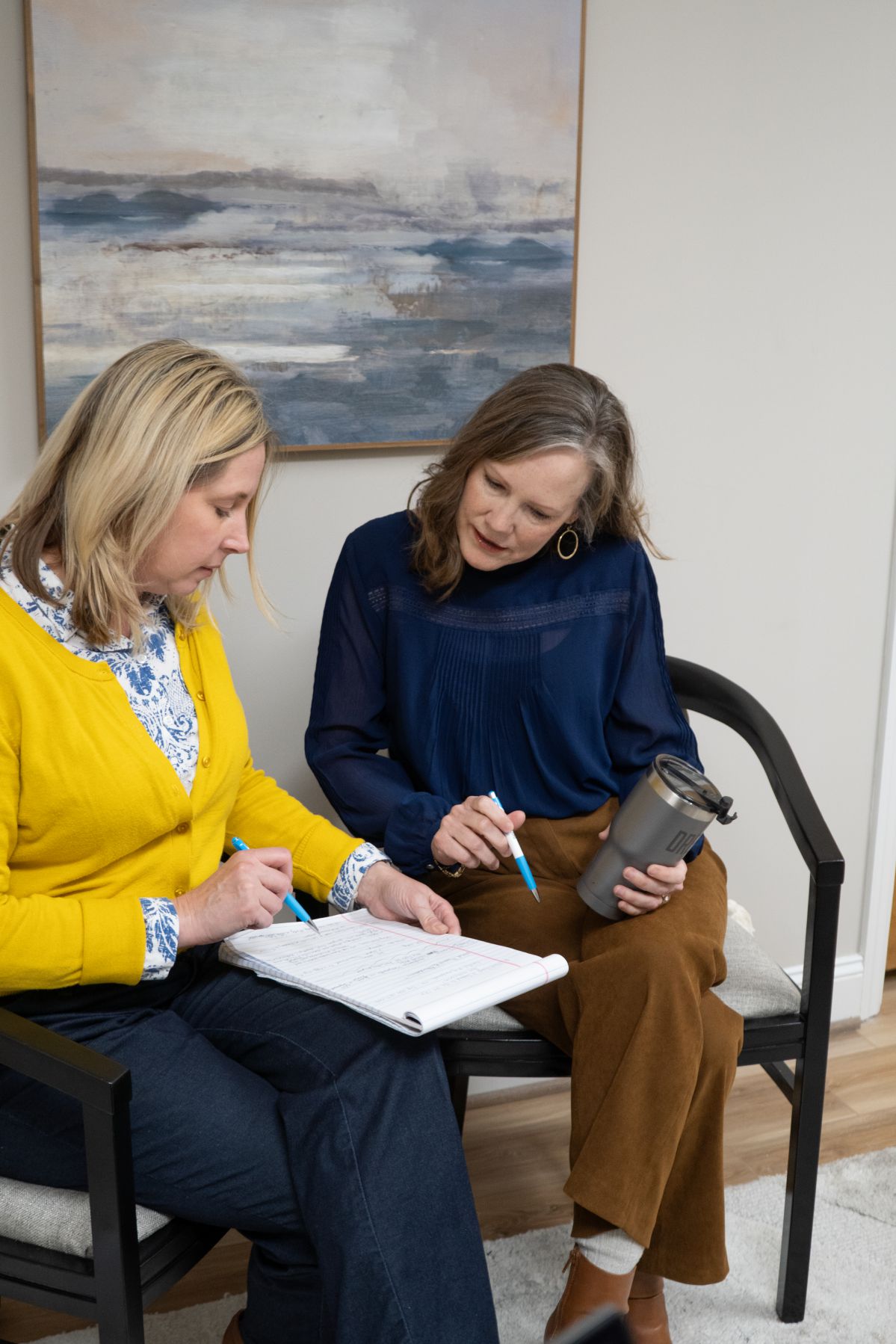July 1st marks the middle of the year, the beginning of the second half – which can be an unsettling time. For some of us, the rest of the year cannot come quickly enough so we can see the fruits of our efforts. For others, midyear can feel like the middle of a long slog without an end in sight.
The good news is this: whatever has (or has not) happened so far, we can still review and adjust the goals we have set and finish the year strong. The great thing about the middle of the year is that there’s still time for a second-half comeback!!!
So here are 5 steps to set yourself up to win for the rest of the year!
- Celebrate any progress – Even though you might be behind schedule, start by taking a moment to reflect on and celebrate your “wins” or areas of progress so far. It’s normal to focus on all of our losses or shortcomings – like areas of procrastination or lack of follow-up and focus. And part of this blog is about being honest with yourself about that. However, we must also be honest about small areas of progress, including any lessons learned that will help us going forward.
- Review the 1st half goals – Take an honest look at them and determine which ones need attention. As you do so, also factor in any relevant information you have learned during the first 6 months. Goals are made in the moment, and nothing can crystalize them like more time. So, what has time taught you? Do some goals need to be reframed? Do some need to be delayed? Do some need to be delegated? The mid-year review allows us to be 6 months wiser. Don’t waste the opportunity to do so. But then get busy on the ones that demand attention!
- Identify your 2nd half wins – Looking ahead to the rest of the year, think about ways to approach it with positivity. A great way to do that is to identify at least three “celebrations” you want to have during the second half of the year. Then adopt the idea of visualizing your success, which is part of the winning formula for high-performance athletes. Learn to apply it to your life, work, and career as well! By the way, there are no universally “right” answers. It’s just what will make the most significant difference for you.
- Create the conditions for your success – Having identified your future wins, it’s then about creating the conditions for your success. This means doing the planning and preparation now to make it easy for you to execute later. Create the conditions that pave the way for your success. Maybe it’s simply cleaning up your workspace or reconnecting with people you haven’t contacted in a while who could be instrumental in your next steps. It could be signing up for some training or arranging for coaching or mentoring that will help you hit the ground running for your next step. Do whatever it takes to set yourself up with a good foundation for your future wins.
- Commit to be YOUR best – The final piece of having a tremendous second half is about you. Think about how you want to show up in the world. Think about who you are when you are at your best. Tap into that best version of yourself. What are you doing and saying? What environment brings that out? The reality is that none of us can really control anything but ourselves. Choose to be passionate about yourself, which will lead to passionate power and progress everywhere else. Being your best self might require more sleep, more exercise, and better habits… but YOU get to choose!
Finally, we challenge you to make two lists as follows.
The first list is what you want to do or say MORE? Maybe it’s remembering to celebrate small wins and appreciating the people around you. Perhaps it’s encouraging your fellow team members by saying “yes, and…” instead of “no, but…” It could also create a habit of drinking more water every day or speaking up louder in meetings.
The second list is what you want to do or say LESS? Maybe it’s finally getting rid of those “ums” and “likes” that are making you sound less professional than you really desire to be. Perhaps it is “grading yourself too hard” when things do not go quite right. Maybe it is building the habit of gathering context before rendering contempt when tempted to pass judgment – at home or at work. The bottom line is that these are YOUR lists, and you get to CHOOSE what goes on them.
Elizabeth Edwards, the American attorney, author, and healthcare activist (who was married to the 2004 Vice Presidential Candidate John Edwards) while she was navigating terminal cancer, said about her journey and about her kids:
“I do know that when they’re older (her young children) and telling their children about their grandmother, they will be able to say that she stood in the storm...and when the wind did not blow her way, and it surely has not, she adjusted her sails.”
No matter what storms may have blown so far this year, to stall the journey you planned, both personally and professionally, adjust your sails!
Please schedule a call today for more on DREAM4 and our impact on organizational well-being and leadership development.
